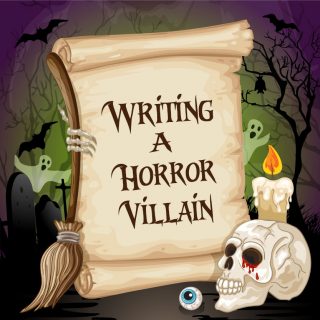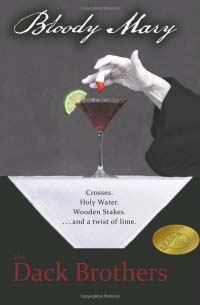Quick, name your favorite horror villain.
The haunted house in Amityville Horror? The zombies in World War Z? The shark in Jaws?
That might be a tough question because, often, the villain in horror is a mindless force of nature or so abstract as to be faceless. Sometimes that works well because mystery is a big part of horror and showing too much about the villain can diminish the dread.
If there’s an unusually great premise or protagonist to carry the weight of the story and provide interesting developments throughout, an archetypical or simplified villain may be all that’s needed.
When the villain is a real, identifiable individual, however, horror stories often stoop to tired motivations, resulting in a one-dimensional villain who lacks any real motivation and is just evil for evil’s sake.
Whether it’s a cackling, mustachioed baddie bent on world domination or just an evil capitalist happy to pave over gentle nature as part of a real estate project, thinly-written villains make for a dull story.
In contrast, who’s the most famous of all horror villains? Dracula would certainly be a strong contender . . . as would Hannibal Lecter, his modern-day counterpart (who prefers food he can chew, not just sip).
Why are these characters so iconic? Because they talk and they’re funny and they have personalities and they get to say and do all of the deliciously evil things we all think about but refrain from in polite society. In other words, they’re bad, but they’re people.
Taken to the extreme, the villain can become the protagonist in the form of an anti-hero (Dexter is a good example). But that poses a real challenge. If the villain is the protagonist, who’s the antagonist, then?
This was the quandary we tackled in our novel, Bloody Mary. We had our premise — an inept, alcoholic vampire must seek out a nightly menu of inebriated victims while butting heads constantly with his frustrated mentor. So if these were our ‘good’ guys, what were we going to do for a bad guy?
We struggled with conceptualizing our antagonist for weeks. Finally, our first breakthrough was deciding that, in this world where conventional morality is upturned, our antagonist should be a police officer.
Enter Detective Rudt, an opportunistic character hell-bent on becoming police commissioner, first, but with ambitions of fame and fortune that go well beyond. He befriends our alcoholic vampire and uses him both to clear the path of competitors and to stoke rumors around town of a malevolent, lurking force. At the same time, he plans to betray the vampires and become the ‘hero’ who destroys them.
Next, we made the most important realization in the entire writing process for this story — we remembered that our villain was a person, too. Why should all the humor and enjoyment reside solely with our protagonists? Because our antagonist was a real person and not a faceless force of nature, we could let him pontificate on his dark and twisted world view.
Who else can voice all the demented things that run through our minds, especially in reference to friendship, loyalty, and betrayal, the true measure of morality in this story? As Rudt would put it: “Friends,” Rudt scoffed. “Friends are just enemies who don’t have the guts to kill you.”
Bloody Mary by The Dack Brothers
Win a signed, hardcover copy of our award-winning novel Bloody Mary.
Only 10 hardcover copies will ever be produced and will never be for sale. The only way to get one is via one of our giveaways.
The first was won at our book launch. The second and third copies will be given away, free, via a drawing that runs until October 30, 2016.
To enter, post a sentence or photo on our page at facebook.com/dackbrothers describing the scariest, goofiest, or otherwise coolest Halloween costume you’ve ever seen. Each post counts as one entry.


Leave a Reply